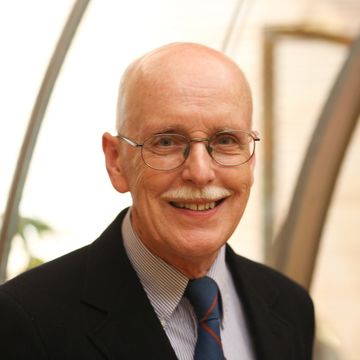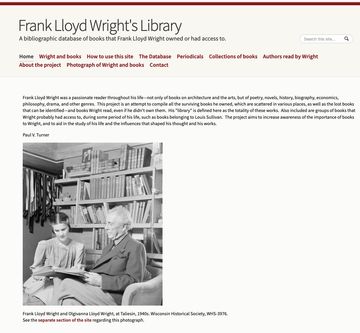Paul V. Turner

Paul V. Turner was trained as both an architect and an art historian. He taught the history of architecture at Stanford from 1971 to 2006, offering a broad range of courses to undergraduates and graduate students, from a survey of world architecture to courses on Baroque, 19th- and 20th-century European and American architecture and urbanism, and seminars on various subjects. His publications include works on the architects Le Corbusier, Frank Lloyd Wright, Joseph Ramée, and the history of the American campus. (His book Campus, An American Planning Tradition, won the Society of Architectural Historians' Hitchcock Prize, for the best book on architecture in the year 1984.) Following the Loma Prieta earthquake of 1989, which seriously damaged Frank Lloyd Wright's Hanna House, on the Stanford campus, Turner chaired a university committee which oversaw the complicated process of restoring the house, completed in 1999. This experience increased his long-held interest in Wright, and he wrote a book on the architect's work in the Bay Area, Frank Lloyd Wright and San Francisco, published in 2016. He then began a project on the importance of books to Wright, involving a reconstruction of the architect's extensive library, which had largely been dispersed. This led to the creation of a website on the subject, "Frank Lloyd Wright's Library," produced on a Stanford University Libraries site (flwlibrary.sites.stanford.edu). In 2021 he wrote a memoir of his childhood summers on an elderly woman's estate on Lake George, which had a formative influence on his his love of art and history. In 2020 Turner was named a Fellow of the Society of Architectural Historians.













